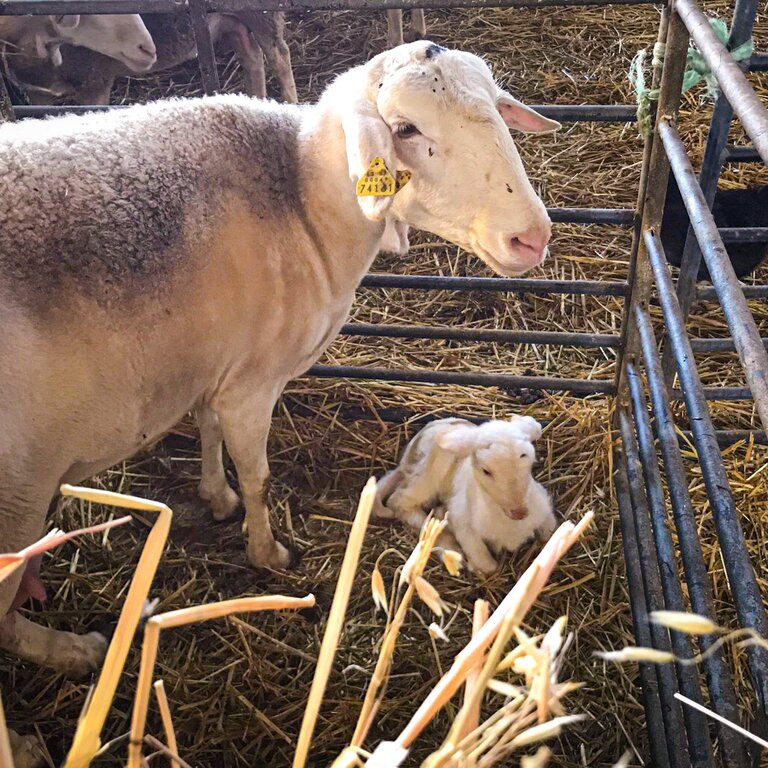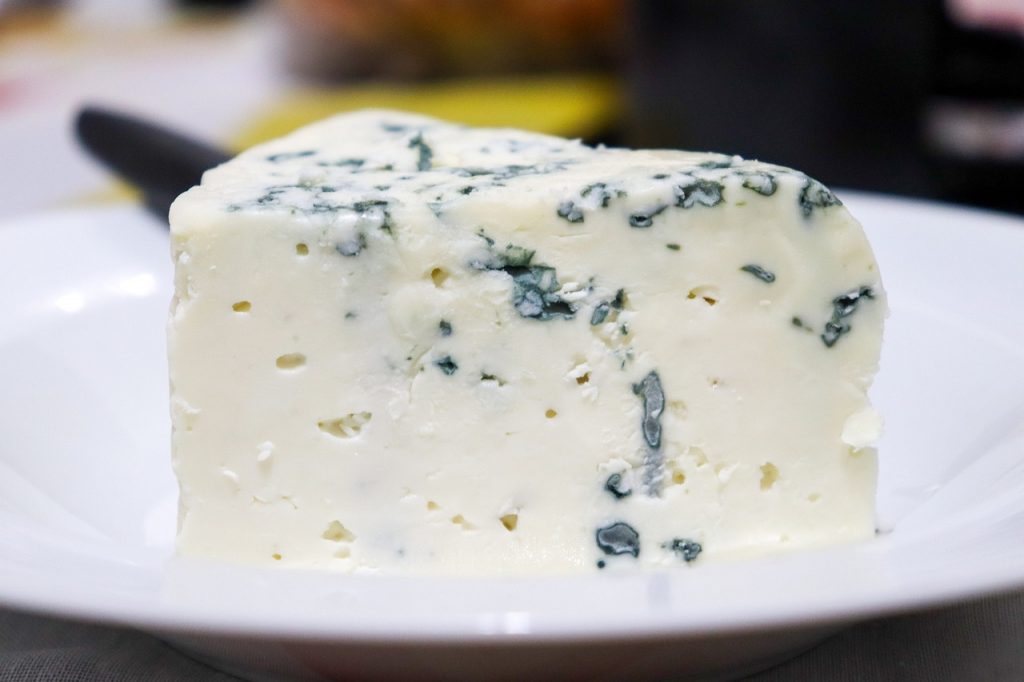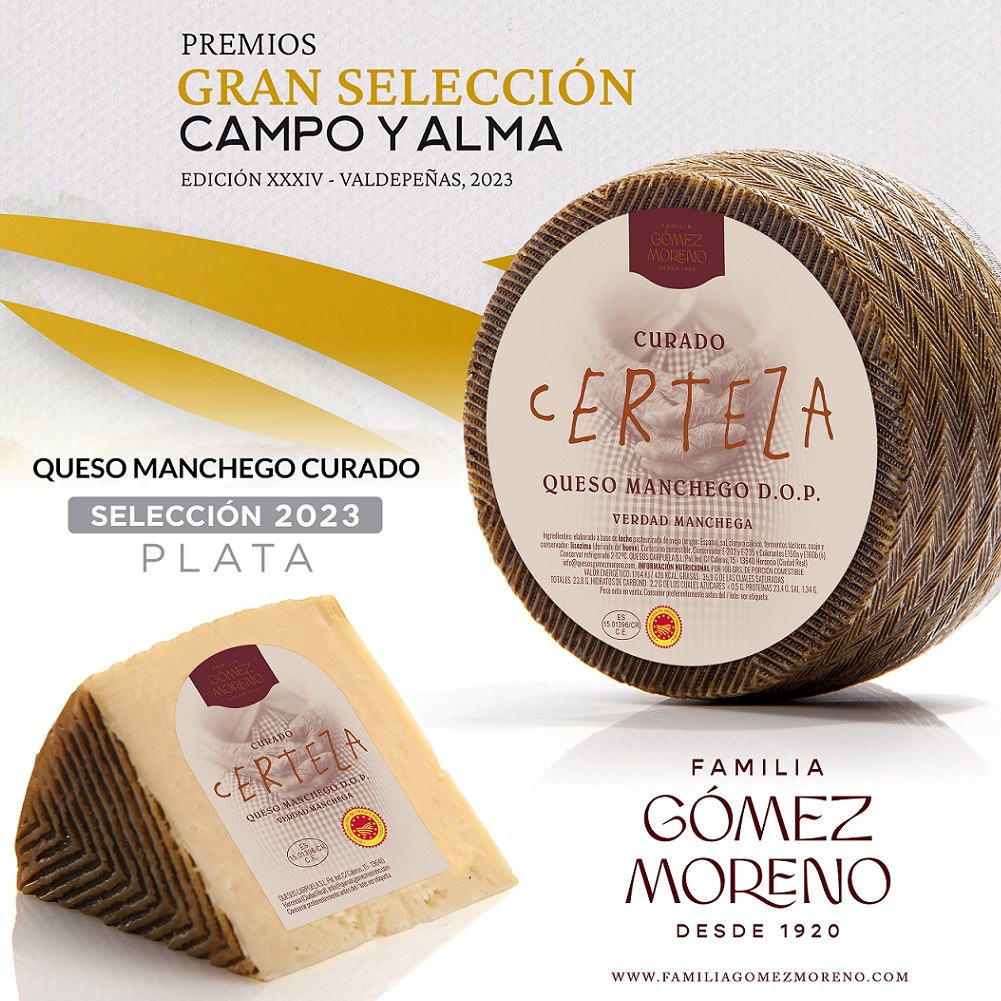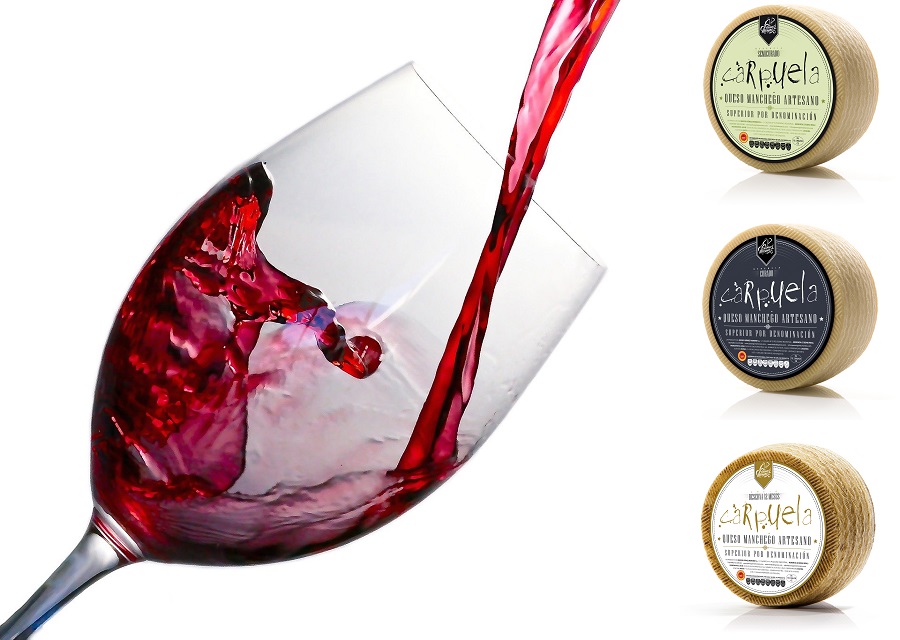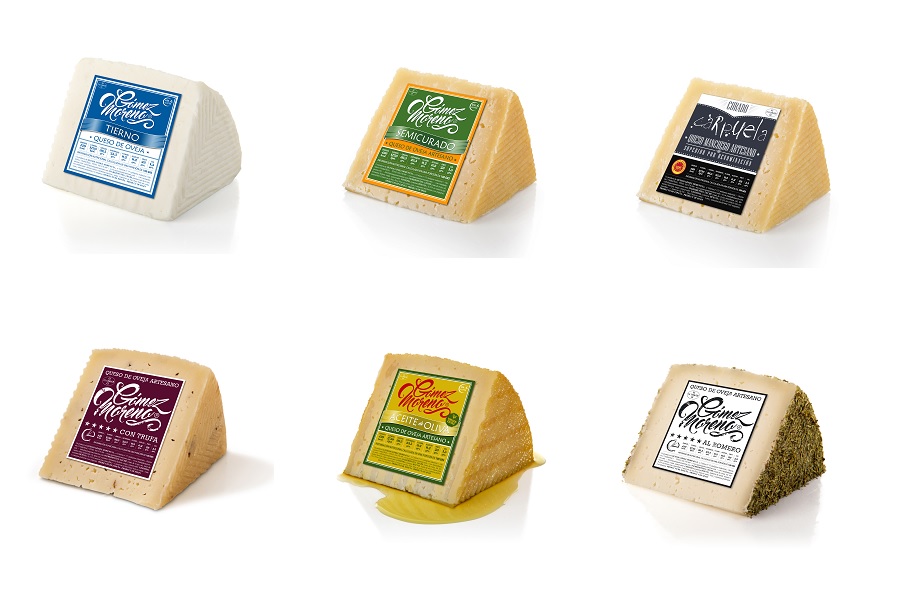Fresh, cured, or semi-cured cheese. Made from sheep, goat, or cow milk. To eat alone or accompanied, at breakfast, lunch, as a snack, at dinner, or anytime in between.
Cheese has become a staple in our homes in recent years. It is estimated that in Spain alone, 394.51 million kilos were consumed in 2020, about 8 kilos per person.
Although it may seem like a large amount, we are still far from countries like Greece (25.5 kg), France (23.7 kg), or even Iceland (30.8 kg). Therefore, we could consider cheese the king of dairy products.
Also, a serving of this delicacy can provide us with the recommended daily amount of calcium, so now you have an excuse to consume it daily.
As we mentioned at the beginning, we can find cheese of different types, flavors, and aging… but if there’s one thing consumers increasingly demand, it’s artisanal cheese. That’s why today we’re going to give you some guidelines to differentiate between artisanal and industrial cheese.
Differentiating cheese by its smell
If we think of something that characterizes cheese, the first thing that comes to mind is the smell.
In the case of artisanal cheeses, ALL cheeses have a smell, even the softest ones. Soft cheeses inside but with a whitish mold layer on the outside, like Brie or Camembert, stand out for their ammonia smell. On the other hand, cheeses with a natural rind and moldy ones have an earthy odor. In the case of Manchego cheeses, the smell is lactic, intense, and persistent.
On the other hand, industrial cheeses usually lack smell or have a very subtle milky scent.
Differentiating between artisanal and industrial cheese by taste
Regarding flavor, artisanal cheeses have strong, sometimes bitter flavors, even slightly spicy. This is largely due to the raw, high-quality milk used in the production process. For example, Manchego cheese is slightly acidic, strong, and flavorful, becoming spicy in the more aged varieties.
However, in industrial cheeses, since pasteurized milk is used for greater consumer safety—because the milk comes from various sources—this intensity of flavor is often not found in many of them. Additionally, in lower-quality industrial cheeses, the taste can become plasticky.
As Xevi Miró mentions in the El Comidista video, industrial cheeses have a sweeter, more childlike flavor to try to attract a broader audience, while artisanal cheese has a stronger taste.
Appearance of artisanal and industrial cheese
Industrial cheeses attract more attention because they are “prettier” or more “eye-catching.” They are whiter, shinier, and have a nicer shape.
Meanwhile, artisanal cheeses retain their rind, are rougher, and have a duller, more yellowish color. In the case of moldy cheeses, like blue cheese, they have a higher amount of mold. Manchego’s paste shows small holes scattered irregularly, though sometimes they may be absent. Its texture has low elasticity, somewhat buttery and mealy.
If you want to know more about Manchego cheeses, you can read this post on our blog.
Remember that a Manchego will always have the casein label, which is round, and there will always be a piece of this label if we cut the cheese into halves, quarters, or wedges.
Did you know that there are more than 200 types of cheese in Spain?
That’s right! Spain is one of the countries with the greatest variety of cheeses in the world, and 32 of our cheeses have Protected Designation of Origin (PDO) or Protected Geographical Indication (PGI) out of a total of 250 cheeses that have these designations across Europe. This accounts for 12.8% of all European cheeses.
Don’t get fooled, now that you know how to differentiate between artisanal and industrial cheese.

